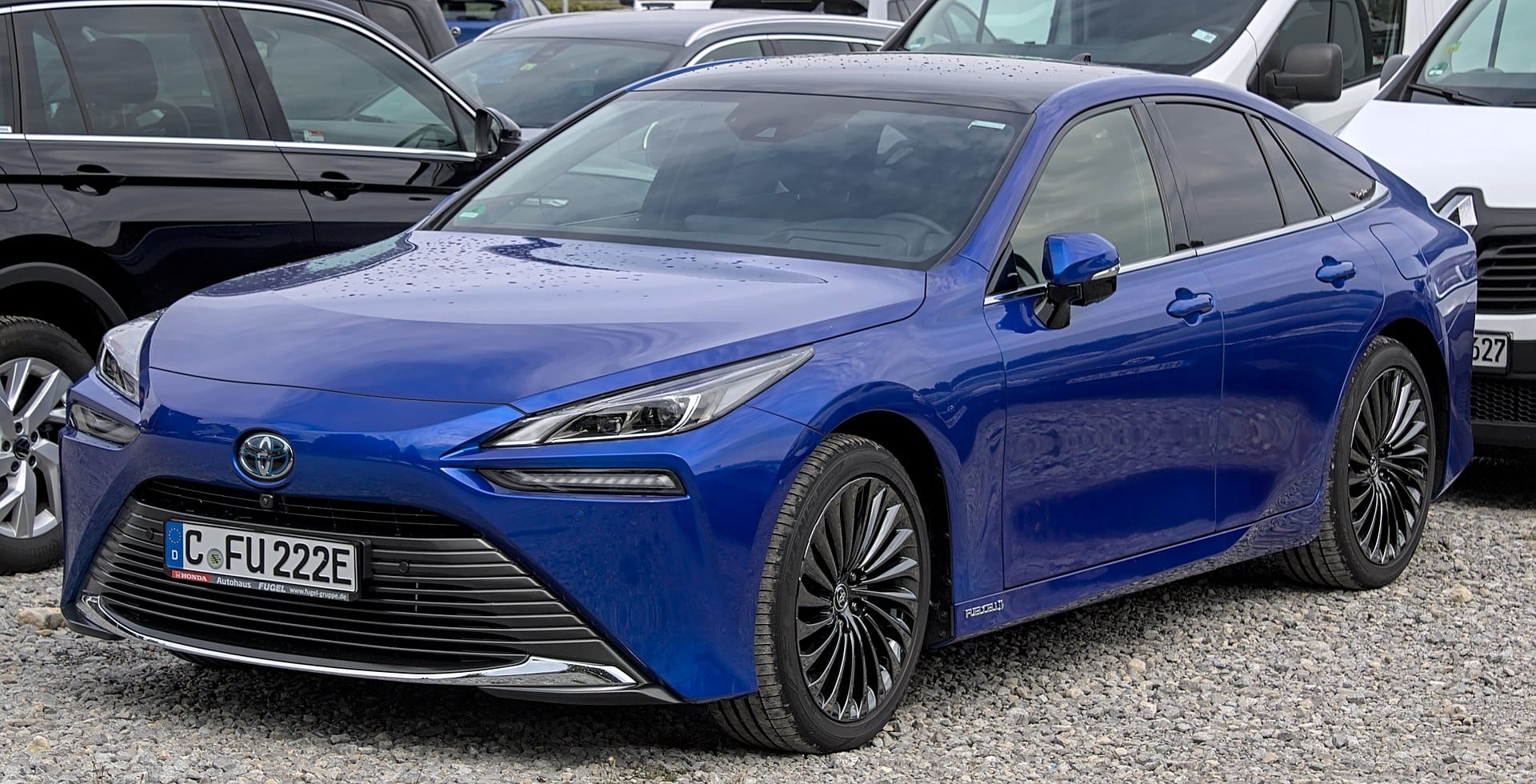 BBC News
BBC NewsBorrowing was £17.4bn last month, the second highest October figure since monthly records began in 1993.

Dinesh Dhamija
Not sure what a Moroccan HUV is? Let me explain.
An HUV is a hydrogen utility vehicle – like an SUV but powered by hydrogen. There aren’t many around right now – some in China, plus a few thousand Toyota Mirai models – but soon there could be tens of thousands on our roads.
Morocco? That’s the unlikely manufacturing location for one of the most promising HUV companies. For a deposit of €1,000, you can pre-order a NamX HUV: either the 300 horsepower GT model costing €75,000 or the 500-horsepower GTH costing €95,000, made in Morocco for delivery by the end of 2026.
NamX stands for New Automotive and Mobility Exploration, says its founder, Moroccan entrepreneur Foauzi Annajah, who has French business partners. He hired legendary Italian car designers Pininfarina to create the look.
The project fits well with the EU’s ReFuel programme, which aims to make green hydrogen the cornerstone of Europe’s decarbonisation drive. Morocco, meanwhile, has become a surprise winner in African automotive manufacturing, turning out almost half a million cars per year. Besides NamX, there are plans for Africa’s first EV battery gigafactory in the country, with investment from Chinese-German company Gotion High-Tech.
NamX originally wanted to use fuel cells, like most electric vehicles. But in 2023 it went instead for internal combustion engines, powered by hydrogen.
It blamed the volatility of rare earth metals needed in fuel cells, whereas the “proven and time-tested technology [of combustion engines] has benefited from decades of investment and continuous enhancements,” said the company.
On the other hand, as motoring journalist Leigh Collins pointed out, combustion engines use just 20-40 per cent of the energy in their fuel, compared with 40-60 per cent in fuel cells. So NamX drivers will need to buy more hydrogen per km than those in fuel cell models. That could be a dealbreaker for some. The price of hydrogen has jumped in recent months, meaning that some H2-powered vehicles cost 10 times more to run than a Tesla.
Where NamX has an edge is range and refuelling. Its cars can travel for 800km. Then their hydrogen capsules are slipped out and replaced in seconds. Customers will get new capsules delivered to their homes. It is also super quick (0-60 in four seconds) and a stunningly beautiful design, which you might expect from Pininfarina, the creative team behind So if you want to drive far and fast in a zero-carbon car with the looks of a supermodel, this could be the Moroccan HUV for you.
Dinesh Dhamija founded, built and sold online travel agency ebookers.com, before serving as a Member of the European Parliament. Since then, he has created the largest solar PV and hydrogen businesses in Romania. Dinesh’s latest book is The Indian Century – buy it from Amazon at https://www.amazon.co.uk/dp/1738441407